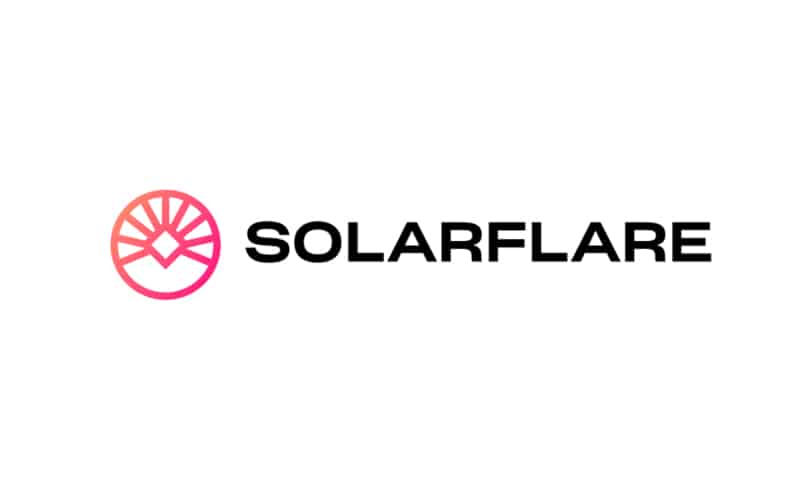Solarflare is a decentralized exchange that was launched in September, 2021 to offer liquidity and facilitate peer-to-peer transactions on the Moonbeam Network. Its main goal is to provide an all-inclusive and convenient, one-stop platform for the cryptocurrency community.
Solarflare overview
These are the key features of the exchange:
- Peer-to-peer transactions
The platform enables you to trade directly from wallet to wallet without requiring a 3rd party account or releasing the custody of your tokens.
- veFLARE
The development team is planning on introducing veFLARE, a token meant to substitute the functionality of FLARE vaults. This asset seeks to empower long-term dedicated Solarflare investors by enabling them to select the lockup time, dial in their time commitment and APRs, and maintain the versatility of FLARE.
- Moonbeam network
As earlier mentioned, Solarflare works on the Moonbeam network, and therefore, the $GLMR token is needed to conduct transactions on the network. This token can be obtained from Solarflare gasless swap or from supported exchanges.
How does Solarflare work?
Solarflare allows for all the following:
- Swapping tokens
- Creating and providing liquidity
- Farming
- Bridging tokens to and from the Moonbeam Network
- Staking
What can you buy on Solarflare?
Solarflare is currently working with the following assets:
- BEANS
- BNB
- DAI
- FLARE
- USDC
- RIB
- POLK
- USDT
- UST
- VeSOLAR
- VeFLARE
- WBTC
- WETH
- MSCP
- WGLMR
- LUNA
- MOVR
Is Solarflare safe?
Contrary to a centralized exchange, Solarflare does not take custody of your funds, so they remain under your care till you decide to trade them. For this reason, no one can access your assets. Also, the DEX operates in compliance with hard-coded rules implemented through software protocols, thus insulating it from expansive thefts to a degree. What’s more, the devs remind us that the DEX’s contracts are a direct fork of its Solarbeam contracts that have been audited by Certik and Halborn, making it safe by default. The Solarflare deployment will be audited soon, though.
Solarflare fees, compatible wallets, and transactions
Only two wallets are integrated into the DEX, namely Metamask and WalletConnect. You will incur some fees when working on the platform. For instance, each swap attracts a 0.25% fee. Part of this fee (0.20%) goes to LP providers, while the remaining portion (0.05%) is assigned to the development team. Fifty percent of the team appropriations from fees will be utilized for burns and buybacks.
What are the ways to trade on Solarflare?
The exchange provides an array of trading services, which we have summarized below:
- Staking
You may lock FLARE (the exchange’s native token) to get veFLARE in return. The longer the locking period, the more the veFLARE you will receive. It is possible to utilize veFLARE to earn partner tokens, ecosystem profits, and governance voting.
- Farming
This allows you to stake your liquidity pool tokens in order to earn additional FLARE.
- Liquidity provision
By creating a liquidity pool, you get the chance to earn a portion of the protocol’s trading fees when you provide liquidity.
Customer support
The vendor advises that you join its Discord or Telegram community if you have any technical difficulties using the service. Here, you can describe your problem to the support team or other users and receive insightful feedback. For other inquiries, you can email the team directly or visit the FAQs page that gives basic info about the DEX. Notably, a technical support page is available to help you navigate the platform easily.
